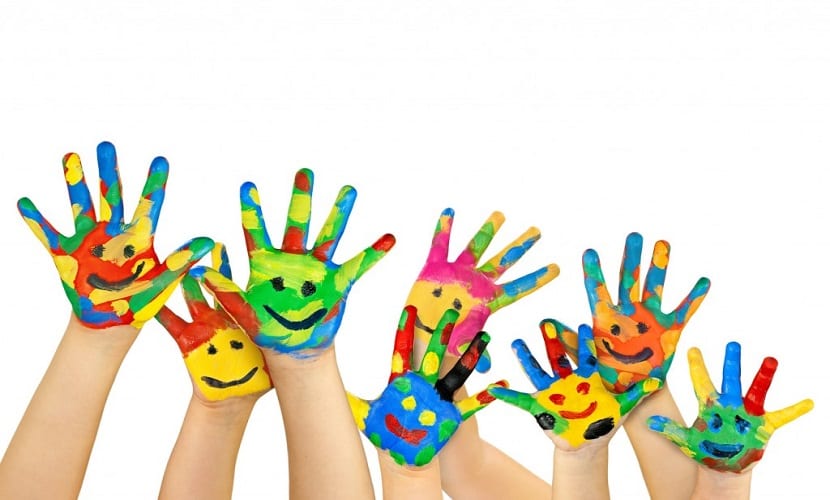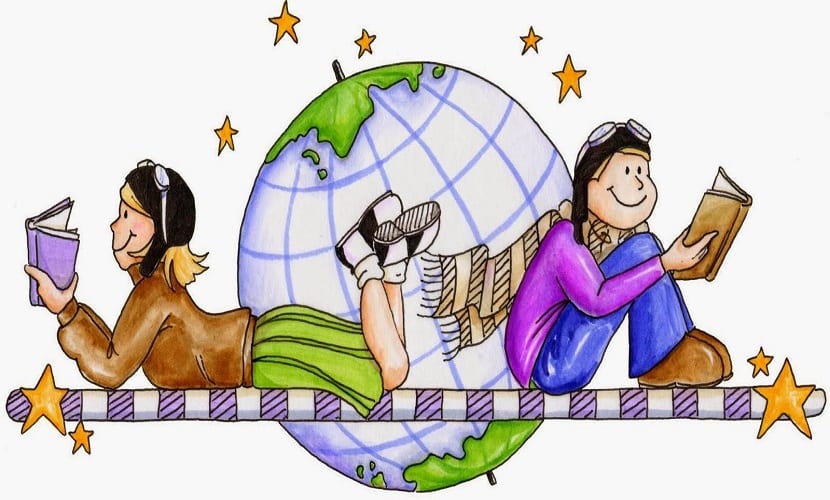Today, November 20, the Children's Day y Actualidad Literatura joins the cause by recommending both parents and guardians some books of children's literature according to the needs of the smallest of the house.
When choosing a book for children's reading we must take into account a series of recommendations that we tell you below.
Types of children's literature books
To determine all the categories of children's literature in which we can differentiate some books and others, we are going to help ourselves with the analysis he made Nancy anderson, Professor at the College of Education at the University of South Florida in Tampa:
- The illustrated books, including advice books, concept books (teaching an alphabet or counting), modeling books, and silent books.
- Traditional literature: There are ten characteristics of traditional literature: Unknown author, conventional introductions and conclusions, vague adjustments, stereotyped characters, anthropomorphism, cause and effect, happy ending for the hero, magic accepted as normal, short stories with simple and direct arguments, and finally , repetition of action and verbal model. Most of the traditional literature consists of traditional tales, which convey the legends, customs, superstitions, and beliefs of people in times past. This large genre can be broken down into subgenres: myths, fables, ballads, folk music, legends, fairy tales, fantasy, science fiction, comedy, romance, etc.
- Fiction, including the subgenres of fantasy and realistic fiction. This genre would also include the history of the school, a genre unique to children's literature.
- biographies, including autobiographies.
- Poetry and verse.
- Children's theater: theater for children (made by adults and intended for a child audience that is only spectator-receiver) and children's theater (created to be staged by the little ones). Important authors were: Barrie, Maeterlink, Benavente, Lorca, Valle-Inclán, Elena Fortún, M. Donato, Carmen Conde, etc.
What should be the objectives and functions of any children's book?
Above all, we must avoid by all means that the child gets bored. If the child, at 7 or 8 years old, gets bored reading a book, we will most likely lose a future reader. With this clear, the functions and objectives that any children's literature book must fulfill would be the following:
- Encourage the creativity and imagination. Children are born with them, but it is always good to reinforce them.
- Expand the vocabulary. Through reading the child will learn new words.
- Promote the liking for reading. As we said before, the child has to have fun reading. This will make you want to read more and more and find fun and pleasure in reading.
- To transmit values and culture. In any good book, whether it be children's, youth or adult literature, certain values are always transmitted, whether for friendship, for the affection of the family, for the importance of education, the difference between what is good and what is good. what is wrong, etc.
- Encourage the creación. It is known to all that children have little or no difficulty when creating and inventing stories, but children's reading will still make them more creative and decisive.
Today let's bring a reading book to a child, that motivates him, that surprises him, that amuses him, that makes him dream, and we will have an inveterate reader tomorrow. Happy Children's Day!

